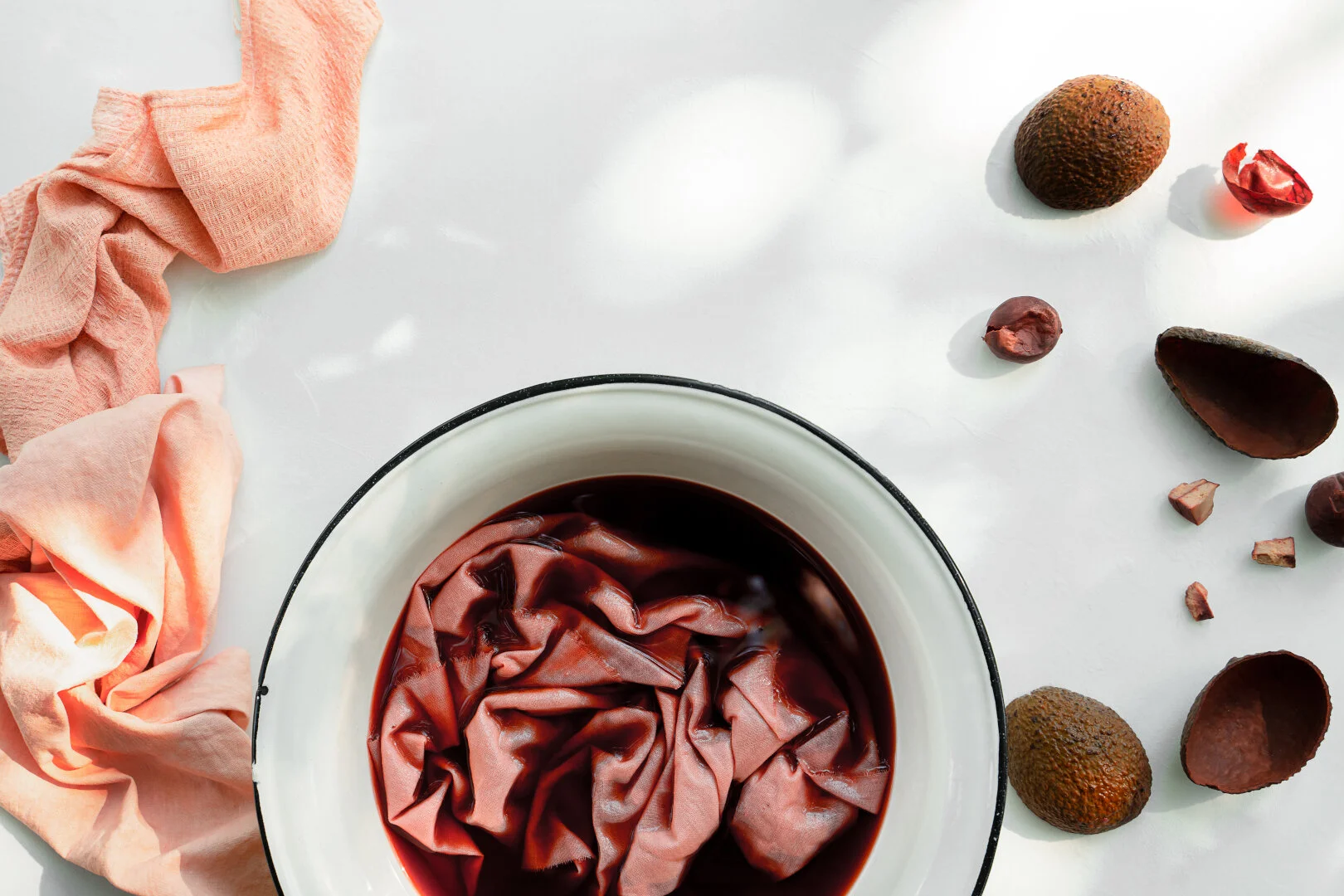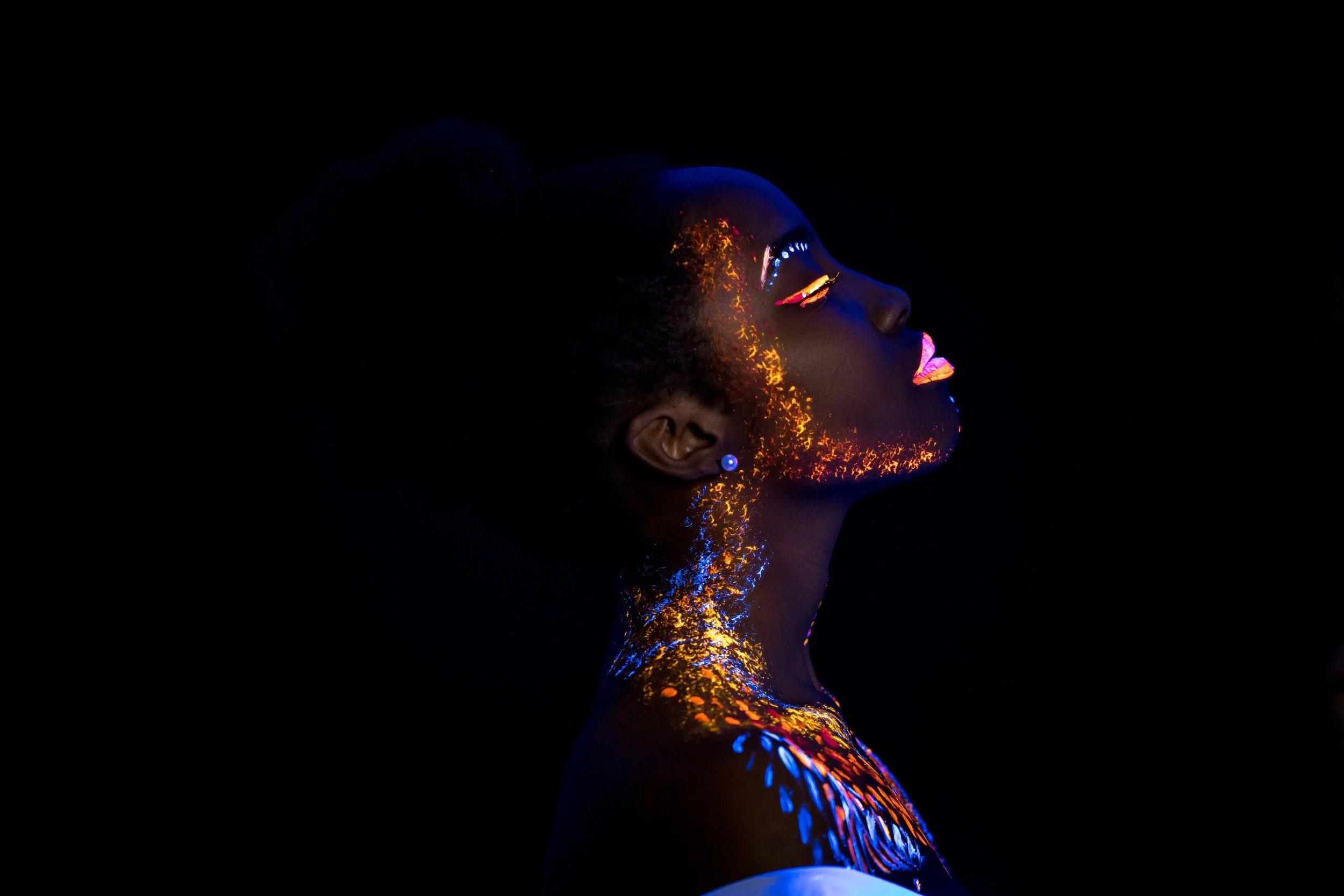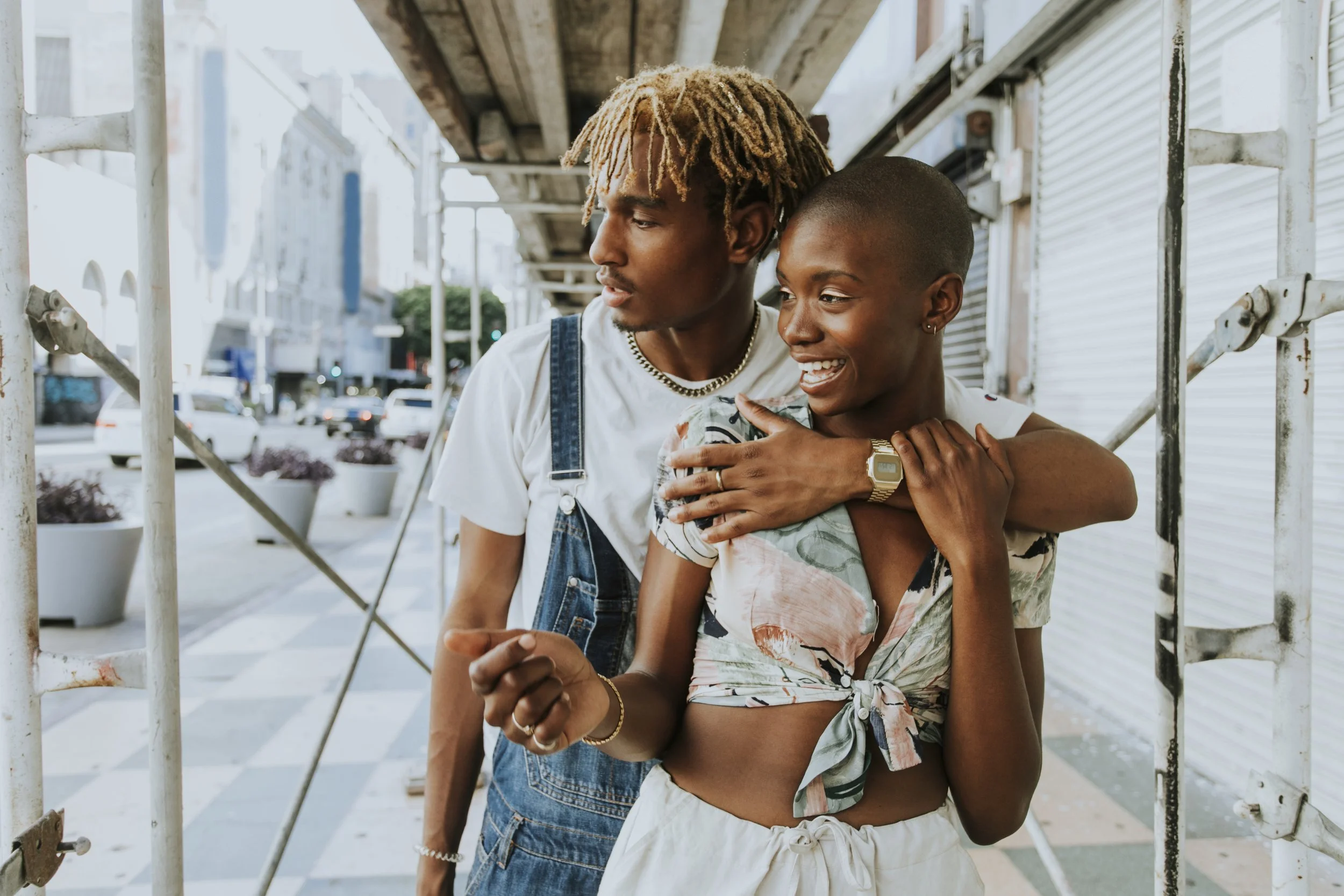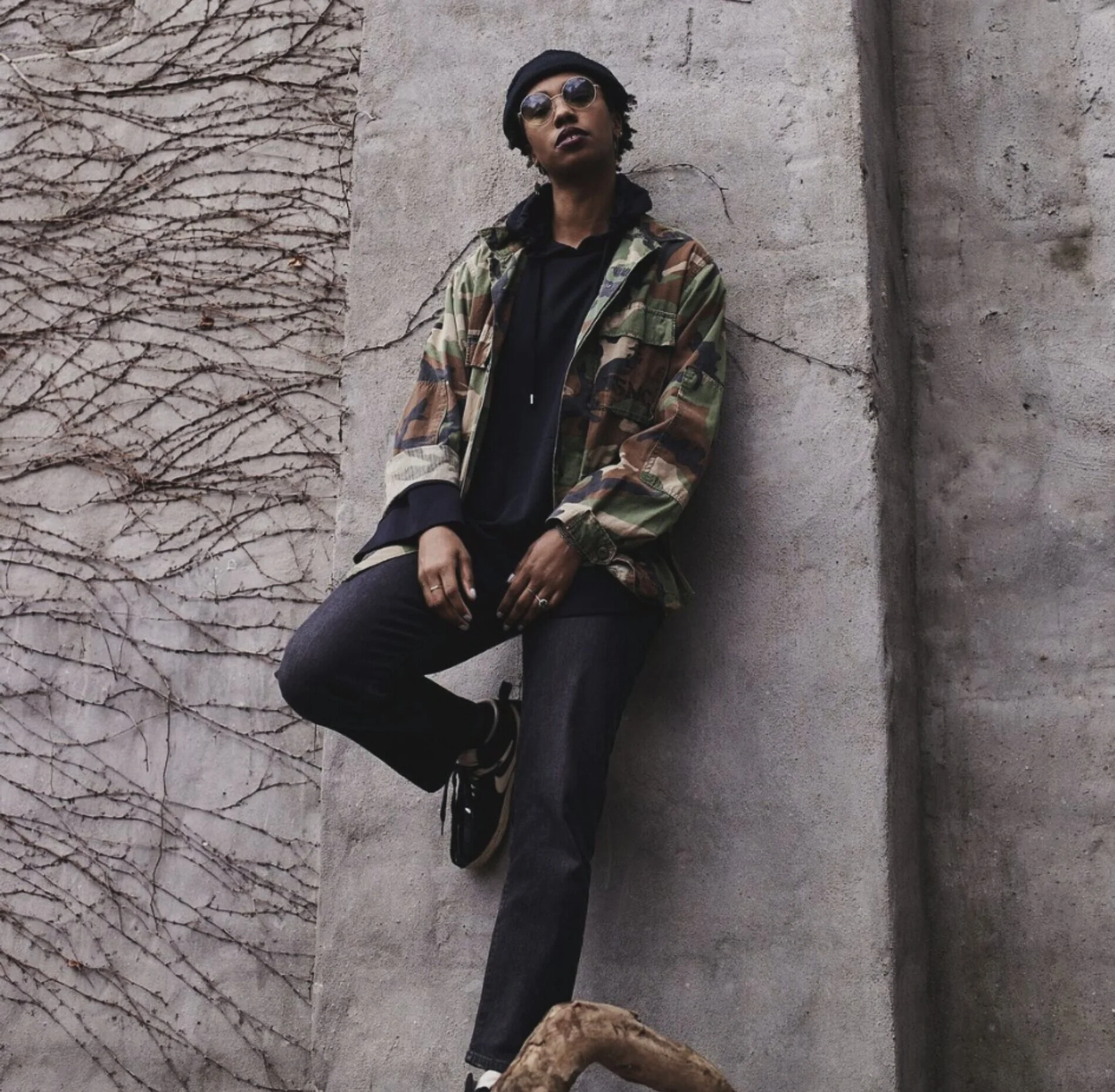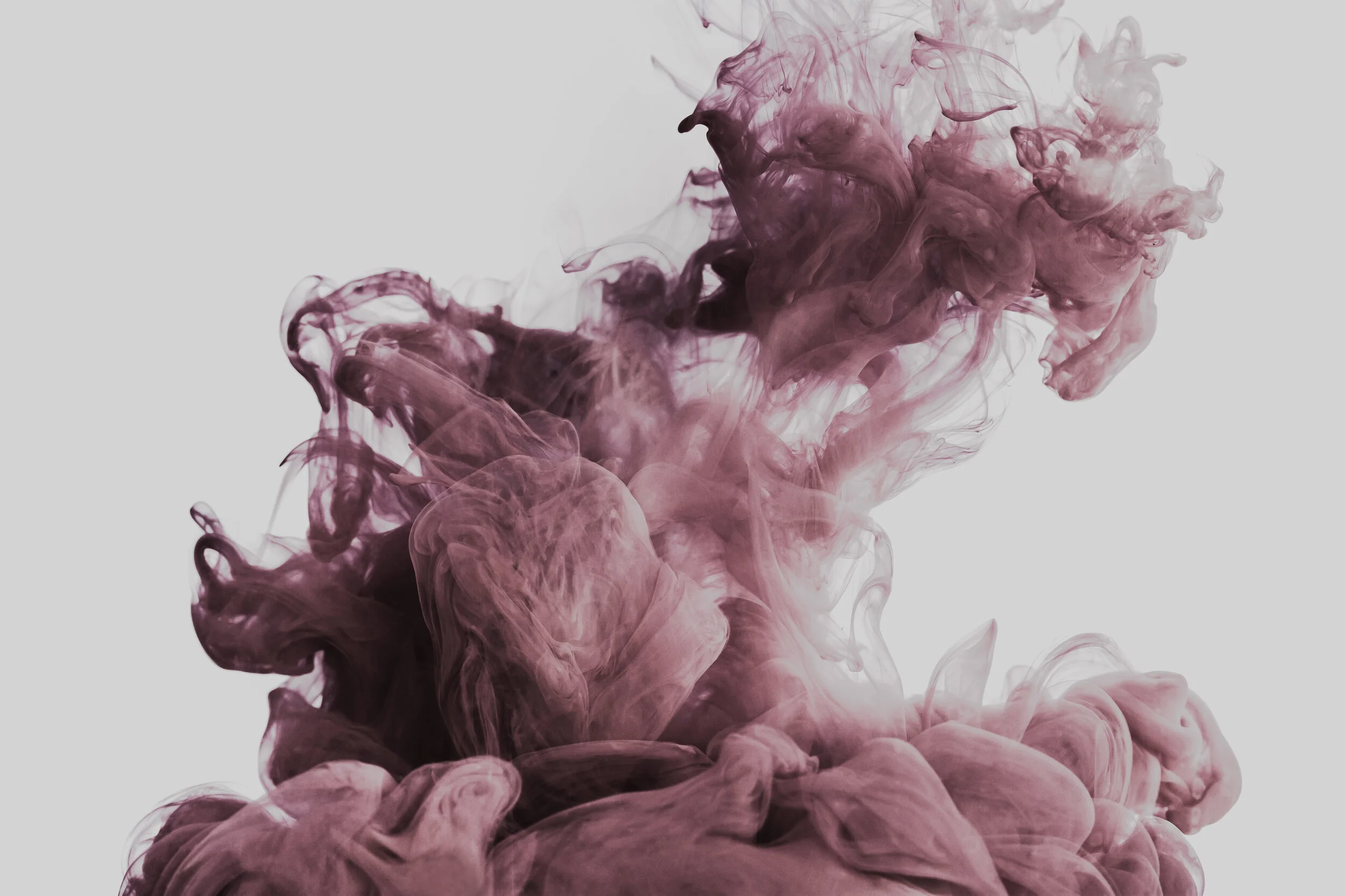Cultural Sustainability and Natural Dyes in Fashion
by Nathalie Peña
Fashion has the burden of proving that it is more than just a superficial industry, more than just pretty clothes. Using what is growing just outside to create fashion is a path to providing a platform for acknowledging the stories of underrepresented groups and their culture.
And brands who adopt these methods in their efforts to design and bring products to market must be accountable for that. It is the job of major brands and smaller sustainable businesses to acknowledge the materials they use, the communities from which they are derived, and the cultural significance within those populations.
Remember millennial pink? The color that splashed on the scene uncontrollably in 2012 and then again in 2016? I was hooked on the blush-toned hue. So were brands like Glossier, which applies the color liberally to their merchandise, flagship store, and products.
But, as brands centered their market presence and products around the shade, what they failed to center is that the millennial pink many of us knew and loved is a gift from nature.
From avocado pits.
Native to Mexico and commercially cultivated in tropical climates around the world, the pit of the green fruit can actually produce a faded pink color for our clothes — both new and old. But, as simple as it sounds, there’s a deeper significance at play.
In BIPOC communities, there is beauty in what grows from the ground and in trees. There are stories and intentional practices that give weight and represent value beyond the physical nourishment we obtain from food. In Aztec culture, avocados were symbols of both love and fertility.
Let’s start small and sustainable with the brand Kordal Studio — based in Brooklyn, NY. Their team now works with a dye house in Pennsylvania that uses plant-based materials for textiles. Kordal Studio shares the process of how they found the dye house, how they use the avocado pits taken from food waste, and the underlying ways their colors are naturally formed. This is a fine start — but, the cultural acknowledgement is missing.
I’ve noticed brands sharing concepts as if they are new to outsiders. To some audiences, yes, these methods are new. But, for those who grew up with immeasurably resourceful grandparents and older relatives creating clothing from scratch — not for fashion, but out of necessity — this can come across as a White platform claiming ownership of the concept, no matter how well-intentioned their messaging reads. It’s something we see time and time again.
“What is missing is the voice — and the conversation.”
Sharing the origin of avocados in fashion and their historical meaning to communities different from our own is a way for the studio to teach their customers about the deeper significance of the fruit.
Sasha Duerr is a prominent author who is known for dyeing clothes using compost. Sasha Duerr is also a White woman with thousands of Instagram followers, two published books to her name, and work shown in galleries and museums across the United States. She has the platform to educate audiences on more than just the environmental reasoning behind natural dyes. What is missing is the voice — and the conversation.
The conversation that should involve acknowledgement and accreditation of those who innovated this natural dyeing process in different parts of the world and have used it for hundreds of years. It should bring attention to the Indigenous women who work tirelessly to produce beautiful products for their neighbors — and for brands that pay them unlivable wages.
Communities of color are impacted the most by food waste. It would be such a powerful statement from Duerr and others like her to transition conversations from activities like reusing compost for dyeing clothing to actions like ensuring BIPOC are acknowledged and fairly compensated for their contributions to the fashion community.
I understand that many brands are well-intentioned and that they may feel under constant attack. But these conversations open the floor up to representation and learning more about the deep-rooted history of a given industry.
Supporting smaller, low-income communities that produce the best of what avocados have to offer is beneficial to both the fashion brand and the community. Hiring Indigenous people as consultants, for example, would be a great way to extend a platform to them to share the parts of their knowledge and culture that they are comfortable with in an intentional way; and would represent authentic inclusivity rather than performative diversity for brands. The artisans and educators from these communities would have more opportunities for work, effectively circulating wealth among their communities. Meanwhile, brands would be enlightened with knowledge from the source — providing real, tangible meaning they can share, along with ensuring the highest quality design and production for their clothing.
BIPOC have so much to offer and deserve so much better than being mistreated in the quest for cheap labor — a whole separate issue to address globally and even in our own backyards. We have history with and love for our environments and the gifts of nature — and that will sustain long after fashion trends come and go.
ABOUT THE AUTHOR
Nathalie Peña is a Dominican-American woman from N.Y.C. She is currently exploring her interests in writing and intersectional environmentalism as she enters a new step in her career — involving storytelling and helping marginalized communities with the nonprofit, Power Shift Network.



